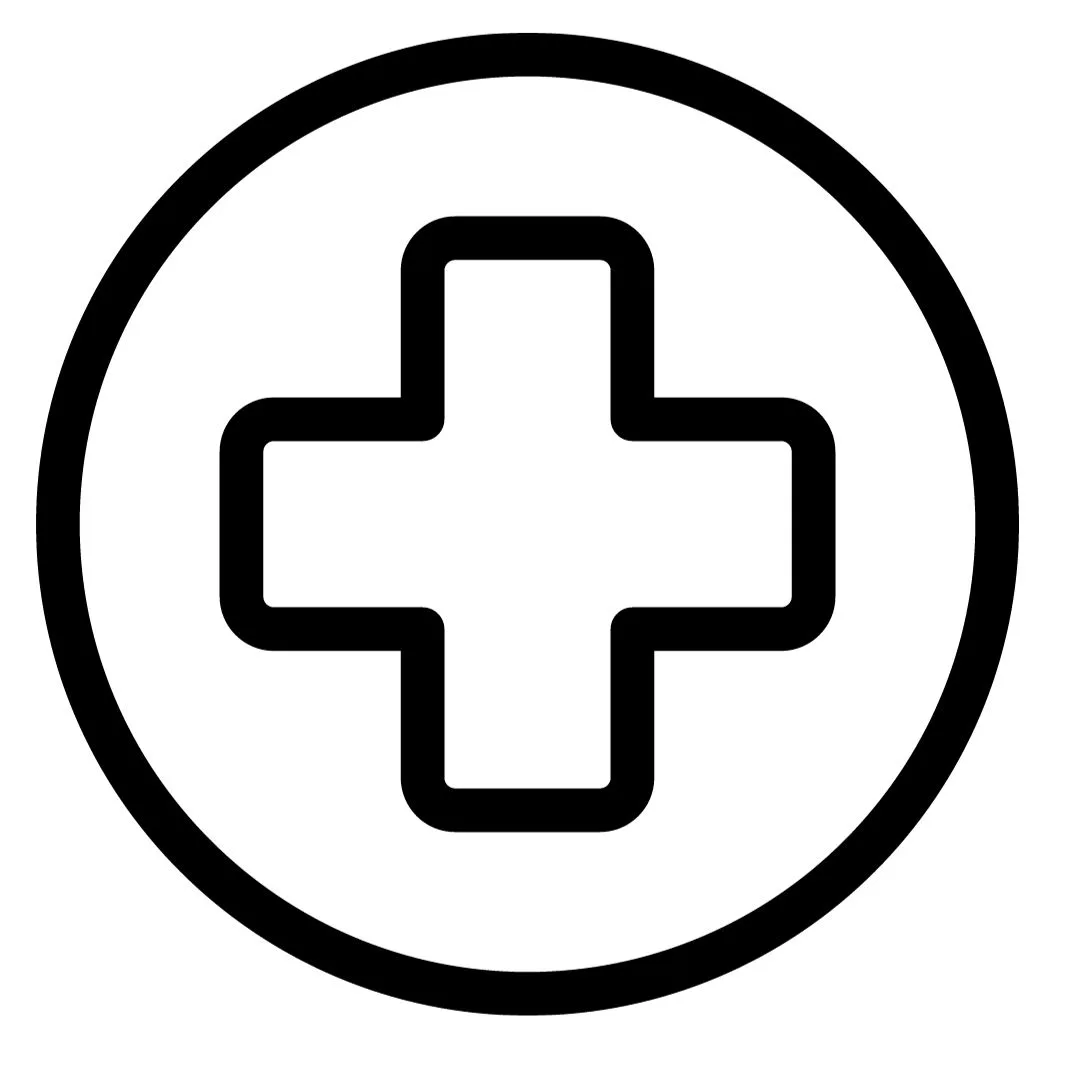In today’s fast-paced world, where the pressure to constantly perform and produce never seems to let up, napping emerges not just as an act of self-care but as a powerful tool for mental and physical rejuvenation. Taking our cue from the Nap Ministry, founded by Tricia Hersey, this movement champions napping as a form of self-care.
By advocating for rest as essential to healing and liberation, the Nap Ministry has attracted a diverse following. From students and professionals to creatives and activists, people are drawn to its message as they seek to reclaim their time, health, and well-being from burnout.
In this blog, we explore the transformative power of naps; inspired by the Nap Ministry’s philosophy, we delve into practical ways to integrate this practice into our lives amidst the demands of education and work, transforming rest from a luxury into a revolutionary act.
The research underscores the myriad benefits of napping for cognitive function, emotional well-being, and physical health. A study published in the Journal of Sleep Research highlights that even brief naps can significantly improve alertness, mood, and performance. This could be a game-changer for those of us navigating the demands of academia and the early stages of our careers.
Consider 19-year-old Thando, a diligent university student from Johannesburg, who shares, “Juggling studies and a part-time job was draining me. Introducing 20-minute naps into my day transformed my productivity and focus. It’s like hitting a reset button.”
Similarly, 24-year-old Lwazi, an apprentice mechanic in Durban, finds reprieve in napping. “The physical toll of my job is intense. A quick nap during my lunch break revitalises me for the afternoon’s work,” he notes.
Yet, for every nap advocate, there’s someone like 22-year-old Siphokazi, a digital marketer in Cape Town, who confesses, “I used to view napping as a luxury or even a sign of laziness. Learning about its benefits has completely changed my perspective.”
Incorporating Napping into Daily Life: Practical Tips
Timing is Everything: Science suggests the ideal nap length is about 20-30 minutes to avoid sleep inertia—the grogginess that can follow longer naps. This duration is perfect for enhancing cognitive functions without impacting nighttime sleep.
Setting the Scene: A conducive environment enhances the quality of your nap. Find a quiet, dimly lit space and make yourself comfortable. Even a short rest can be refreshing if the conditions are right.
Mind the Clock: Napping in the early afternoon aligns with the body’s natural circadian rhythm, reducing the likelihood of nighttime sleep disturbances. Avoid napping too late in the day.
Leverage Technology: Use alarms to ensure you wake up on time, and consider apps that play calming sounds to help you fall asleep faster.
Normalise Napping: Share your experiences and the benefits you’ve noticed with your peers. Making rest a part of the broader conversation can help dismantle the stigma around napping.
The conversation around napping and rest is increasingly relevant, particularly as more young people voice their struggles with sleep deprivation and burnout. Khanyi, a 21-year-old law student from Pretoria, reflects, “I was constantly exhausted, which took a toll on my academic performance and mental health. Napping has been a critical strategy in managing stress and improving my well-being.”
Echoing The Nap Ministry’s philosophy, rest is a form of resistance—a rebuttal to a culture that often equates worth with productivity. By prioritising rest, young individuals nurture their health and challenge societal norms that undervalue the importance of self-care.
Mpho, a 23-year-old entrepreneur from Soweto who has embraced the power of napping, encapsulates this sentiment, “Napping is my form of rebellion against a system that wants us always to be on. In rest, I find strength and clarity.”
Your Turn: How do you perceive the role of rest and napping in enhancing your life and resilience against the pressures of our fast-paced lives?



